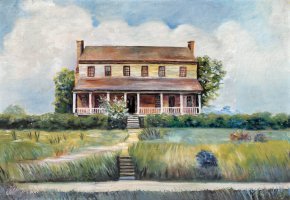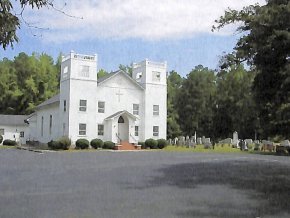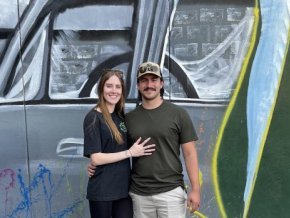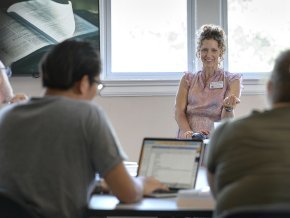
A history of pilgrimage and preservation

The story of Lutheran Theological Southern Seminary (LTSS) is one of perseverance, of an institution so dedicated to its mission to prepare students for a life of service through ministry, that it has continually defied the odds to survive and continue that mission.
In 1829 the synod of South Carolina – only in its fifth year – set down a set of resolutions, the first of which read, “...this synod regards the establishment of a theological seminary under the auspices of this body and within its bounds as highly calculated to advance the interests of our church and as an object worthy of our attention.” The resolutions that followed promised material support for the endeavor, including funding and an oversight committee.
The following year the synod agreed to establish the seminary to train pastors and address an ongoing shortage of ministers in the state. The Rev. John G. Schwartz, pastor of Bethlehem Lutheran Church in Pomaria, South Carolina, welcomed a class of five students in February 1831 at the home of Col. John Eichelberger, also in Pomaria, which became the first of many homes for LTSS.
In the 80 years between 1831 and 1911, the seminary moved nine times for familiar reasons – from Pomaria to Lexington, South Carolina, in 1834, to Newberry, South Carolina, in 1856, to Walhalla, South Carolina, in 1868, to Columbia, South Carolina, in 1871, to Salem, Virginia, in 1872, back to Newberry in 1885, to Mt. Pleasant, South Carolina, in 1903 and back to Columbia in 1911.
“Across these years, the seminary moved partly due to financial challenges, closures that were forced by the loss of students and the death of faculty, wars and epidemics that threatened our capacity to continue this Lutheran tradition of theological education and formation,” explained the Rev. Dr. Chad Rimmer, rector and dean of the seminary, in a presentation marking the 200th anniversary of the South Carolina Synod.

Despite the mobility of these early decades, the seminary began to amass an impressive collection of texts and artifacts – including letters and documents from the earliest years of the Lutheran church in South Carolina – that needed to be transported and preserved through each relocation. During the Civil War, when the seminary was located at the newly established Newberry College, both the seminary and college suspended operations when most of the faculty and students left to join the army. The library was famously transported via wheelbarrows away from the building that housed both institutions before the Confederate Army arrived.
“Those that came before us always found a way to persist and discern what it means to be a steward of this gift and call to teach, form and nurture leaders for public ministry that has been entrusted to us as the church,” Rimmer observed when relating the story.
Once settled on the campus in Columbia, the collection of scholarly materials and artifacts in the Lineberger Memorial Library at LTSS continued to grow into the third largest theological library in the Southeast – only Emory and Duke universities have larger collections in the region. As the seminary prepares to relocate to the Lenoir-Rhyne University campus in Hickory, North Carolina, these materials will arrive at their new home via professional moving services, not wheelbarrows.
“It has taken loads of planning and making space. We’ve removed low-circulation materials from our own collection, and we are hiring a librarian with a theological specialty,” shared Dawn Behrend, MLS, MBA, M.A., dean of the libraries at Lenoir-Rhyne. “The Lineberger collection is part of a consortium, and as such, we will be retaining the vast majority of items for relocation to the Hickory campus.”
The collection includes 94,254 books in the circulating collection, 12,143 bound journals, as well as 1,578 rare books in special collections and 2,067 reference works.
“We’re thrilled to bring the collection here, to care for it,” Behrend added. “We’re ready to celebrate these materials and their history.”

Jace Martinez, M.Div. ’26, lived a life on the move for many years – Owatonna, Minnesota, to the U.S. Army, to Texas State University, to LTSS. So many relocations have given him a special interest in and appreciation for the idea of pilgrimage.
View More
Pilgrimage figures prominently into the curriculum and instruction the Rev. Dr. Melanie Dobson shares with her students as they prepare for lives of spiritual leadership.
View More